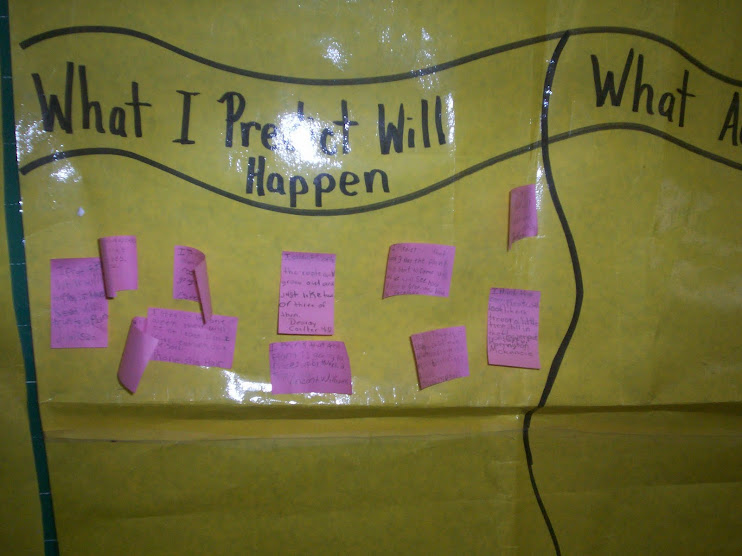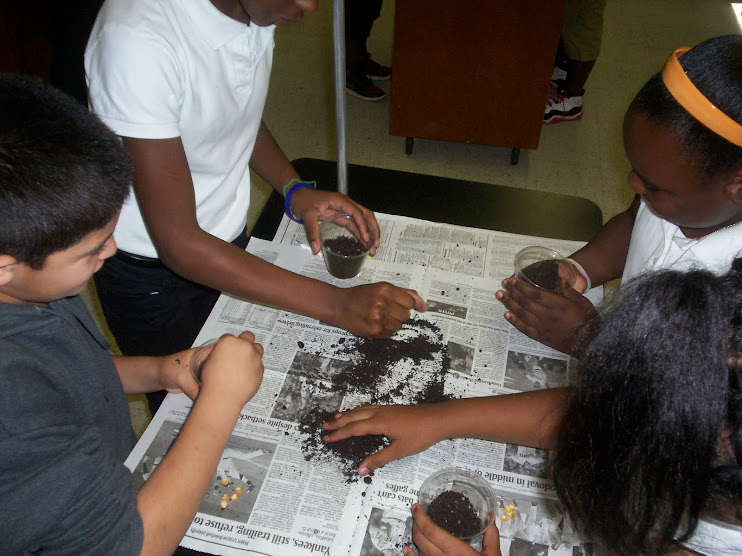Wednesday, February 17, 2010
ESL Case Study Introduction
This is a qualitative research ESL case study approach examining the ongoing debate regarding the ideology of whole language and language experience approaches on beginning reading achievement for the ESL (English As Second Language) learner. Learning how to read during Early Childhood has been divided into two controversial methods, (Phonics vs. Whole Language). Phonics has been deemed meticulous-teaching children the 44 speech sounds of the English Language, as according to the English alphabet, and how those sounds come together and form words. They later learn that words come together and form sentences, paragraphs, stories, poems, and books. Whole-language, on the other hand, takes young readers in the opposite direction. It contends that children learn to read by simply reading. Whole-language classrooms support a print rich environment, filled with complex stories, and materials that are centered on contextual clues to unfamiliar words. However, the question still remains, "What is the best way to teach children to read?" Teaching children reading has never been an easy task. The unnaturalness of reading for many children has often been at the center of this philosophical and on-going political debate. Today, enough research supports that the destructive and persistent debates regarding these two central themes can be put to rest.
Monday, February 15, 2010
What Student Will Do in Case Study
• Students will create graphic organizers and other visual scaffolds to enhance comprehension of texts.
• Students will design and employ criteria charts and rubrics to measure their growth.
• The class will maintain and add to a word wall to scaffold acquisition of new vocabulary.
• Students will maintain personal dictionaries containing both instructional and personally meaningful vocabulary.
• Students will maintain a reader response journal.
• Students will code texts (using sticky notes if necessary).
• Students will post concepts, questions, articles, pictures, etc. related to “Communication.
• Students will create a culminating project.
• Student writing products will provide evidence of their growth in communicating ideas through writing.
• Students will design and employ criteria charts and rubrics to measure their growth.
• The class will maintain and add to a word wall to scaffold acquisition of new vocabulary.
• Students will maintain personal dictionaries containing both instructional and personally meaningful vocabulary.
• Students will maintain a reader response journal.
• Students will code texts (using sticky notes if necessary).
• Students will post concepts, questions, articles, pictures, etc. related to “Communication.
• Students will create a culminating project.
• Student writing products will provide evidence of their growth in communicating ideas through writing.
Subscribe to:
Posts (Atom)






























